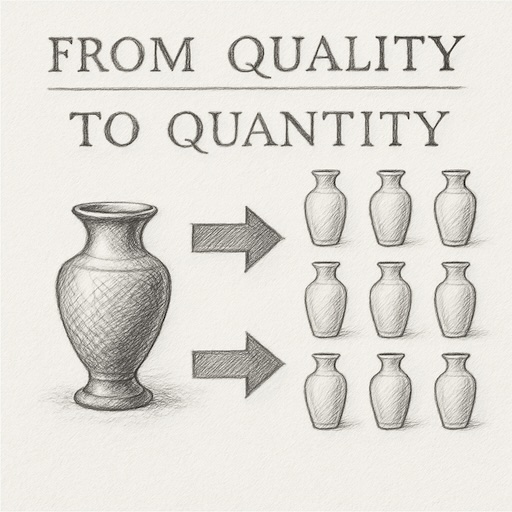In the 1940s and 1950s, many fast food restaurants in the United States served meals that were high in fat and calories. By contrast, the McDonald brothers offered a simpler menu that emphasized ingredient quality, making their food relatively healthier for the time. They also used a unique method to prepare their French fries—soaking them in cold water to remove excess starch, which resulted in a crispier texture. Ray saw the opportunity to scale the McDonald brothers’ efficient service model beyond small-town operations and bring it to a nationwide audience across America.
As McDonald’s expanded into a global enterprise, the company’s priorities shifted toward efficiency and cost control. Saving even ten cents per burger translated into massive daily savings across thousands of locations. However, this relentless focus on cost-cutting gradually impacted both the taste and nutritional value of their offerings. Over time, McDonald’s came to be perceived as a symbol of unhealthy, “junk” food.
A similar shift occurred in the coffee industry. In the 1950s and 60s, Maxwell House dominated the American market. However, cost-cutting measures, along with the desire for a more stable and consistent supply chain, eventually affected the quality of their coffee. One notable shift was in their bean sourcing—from African to South American beans—which altered the flavor profile and contributed to a decline in perceived quality. Most cafés and restaurants in the U.S. at the time would brew large batches of coffee in advance and keep them warm throughout the day. While this approach saved costs and simplified service, it often resulted in stale, burnt-tasting coffee that lacked freshness and quality.
In contrast, Starbucks emerged in the 1970s with a focus on high-quality beans and in-house roasting. They not only educated customers about home brewing methods and bean origins but also encouraged them to brew fresh coffee at home rather than relying on stale, mass-produced coffee. This emphasis on freshness and quality set Starbucks apart in a market saturated with mediocre offerings and contributed significantly to their early success, particularly in Seattle. Howard recognized the opportunity to offer freshly brewed, high-quality coffee—not just beans and equipment—as a way to compete with the poor-tasting coffee commonly found on Main Street.
However, Starbucks’ trajectory also changed with time. As the company expanded globally, it began diversifying its offerings. The 2012 acquisition of La Boulange Bakery added baked goods to its menu, but also led to criticism that Starbucks was drifting away from its original emphasis on coffee quality.
Ultimately, both McDonald’s and Starbucks began with a strong focus on quality. Yet their global expansion and pursuit of efficiency and profitability gradually reshaped public perception, diluting their original commitment to taste and nutritional value.


